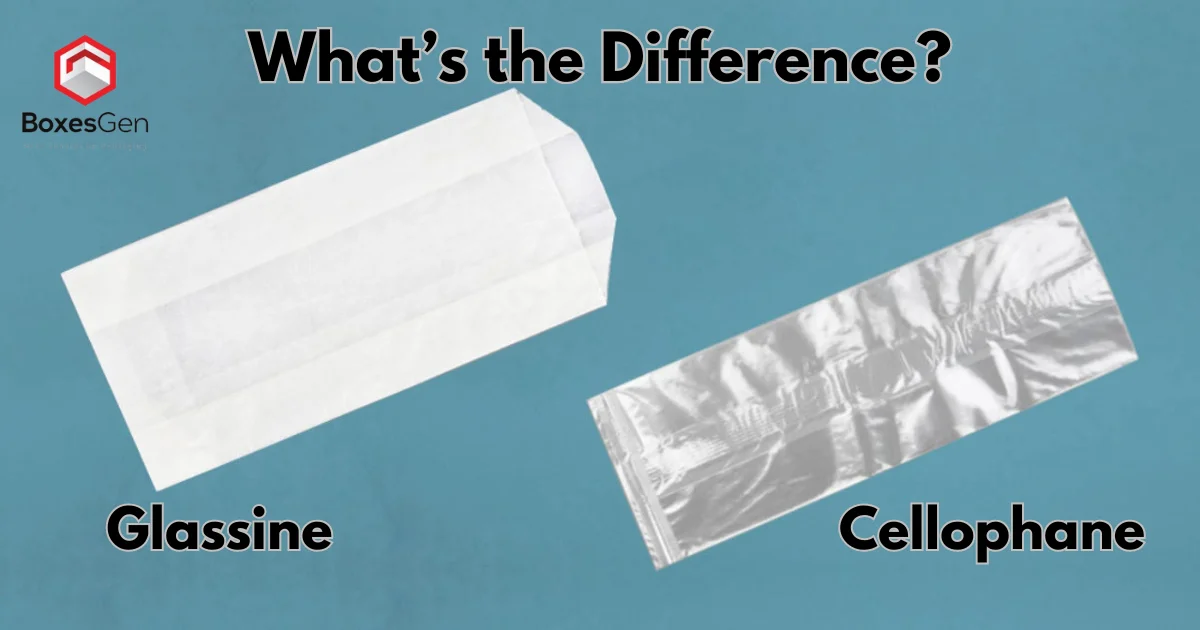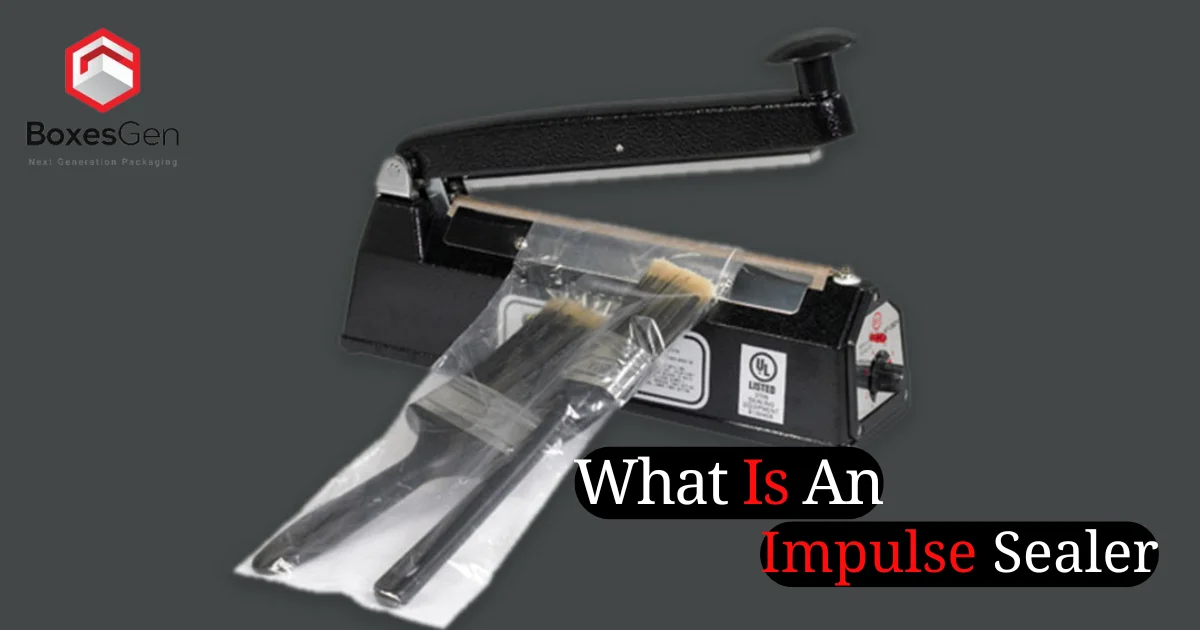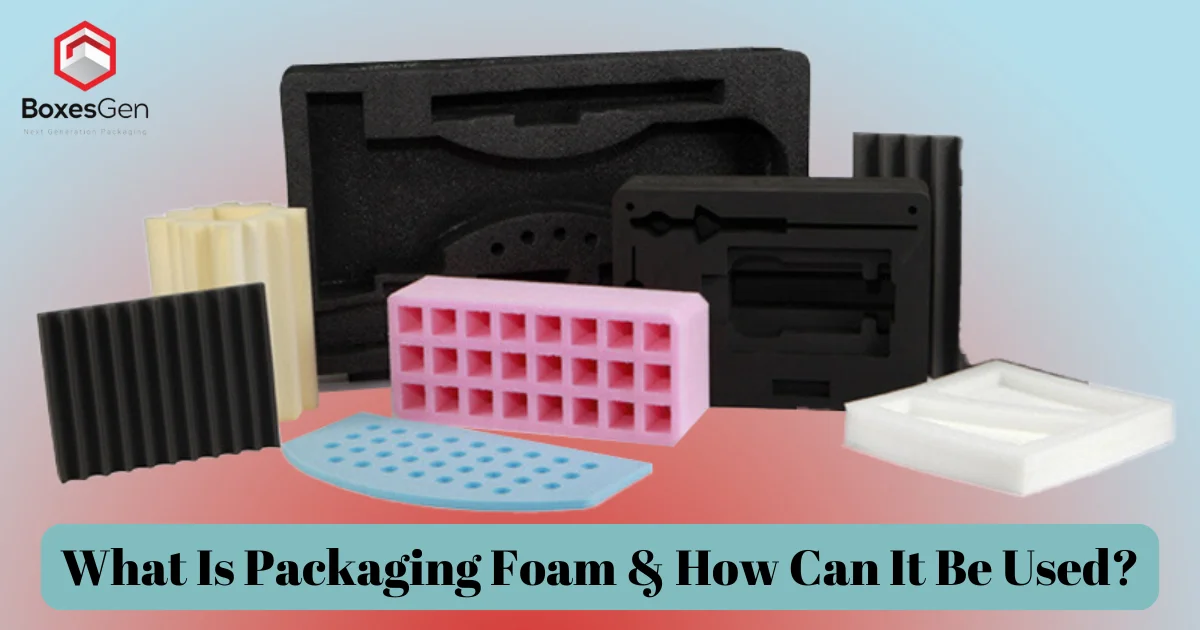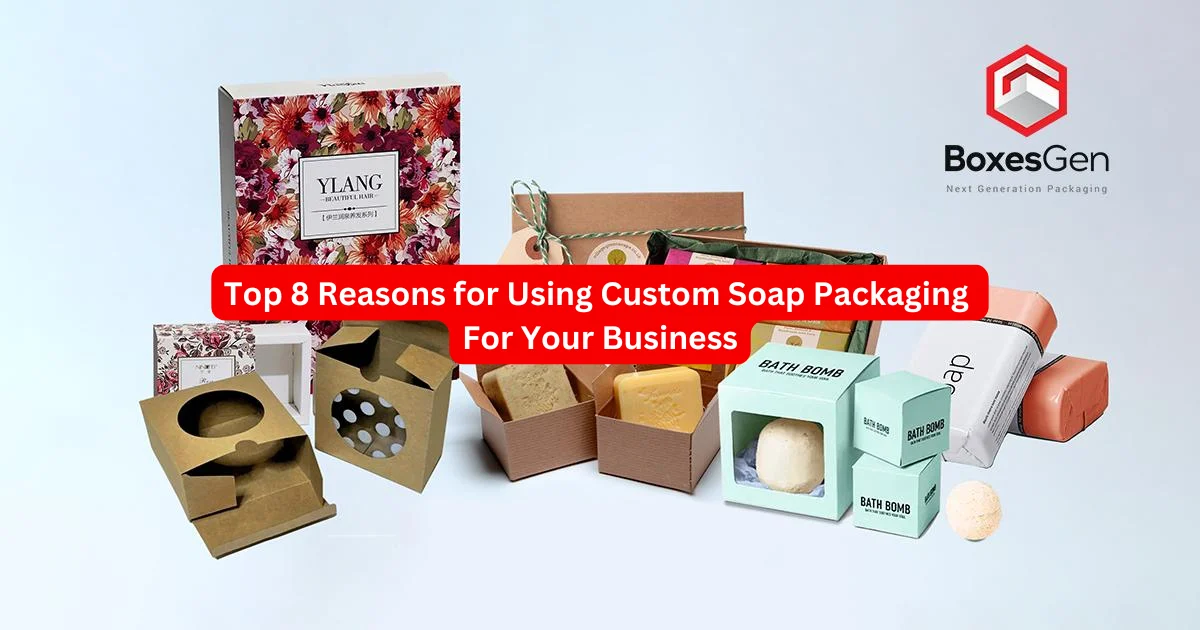Glassine vs Cellophane: What’s the Difference?

Packaging is all about creating curiosity, one after another step. But when you’re shopping, you crave straightforward answers. Now, in the world of food packaging, let’s unravel the glassine vs. cellophane enigma: what sets them apart?
What is Glassine Material?
Glassine material is like the smooth-talking detective in the world of packaging. It’s glossy, air, water, and grease resistant. After being pressed and dried into sheets, it undergoes supercalendering—a process that aligns all the paper fibres. The result? Clean, translucent paper that beautifully showcases your baked goods (or whatever else you tuck into glassine bags). While white is the classic colour, you can find them in various shades and even get them printed on. The best part? Glassine is eco-friendly as it doesn’t contain any harmful chemicals and is fully recyclable, so it won’t leave a trace in your backyard composter. It is mostly used for baked goods, confections, homemade soaps, and luxury items!
What is CelloPhane?
Cellophane paper is indeed a thin, transparent film made from cellulose which comes from wood, cotton or hemp. Its superpower lies in flexibility and resistance to moisture, oils, and grease—perfect for packaging. Developed in the early 20th century, cellophane quickly became the go-to for showcasing products while keeping them safe. So whether you’re wrapping food items, gift baskets, or other goodies, cellophane’s got your back!
Comparison Between Cellphane or Glassine: Who’s The Best!
Choosing between glassine and cellophane for your packaging needs can be tricky, but understanding their differences can help you make the best choice.
Glassine:
Material:
Galssline has a glossy, smooth paper that’s resistant to air, water and grease.
Look and Feel:
Once pressed and dried into sheets, glassine gets that clean, translucent appearance. It’s like a spotlight for whatever you place on it—whether it’s baked goods or delicate items.
Colours and Customisation:
While white is the classic colour, you can find glassine in various shades. Plus, it’s printable!
Eco-Friendly:
Glassine doesn’t involve chemicals or wax so it’s fully recyclable and biodegradable in your backyard composter.
Best Uses:
It can be used in baked goods, confections, homemade soaps and luxury items. It’s an eco-friendly choice with a touch of elegance.
Cellophane:
Material:
Cellophane is the transparent film star. It’s made from cellulose and shares glassine’s water and grease resistance.
Clarity:
What sets cellophane apart? Clarity! It’s like having a crystal-clear window for your products.
Showcasing:
Use cellophane when visibility matters—gift baskets, candies, and anything you want to flaunt.
Eco-Friendly:
Just like glassine, cellophane is also eco-friendly and can be biodegradable and compostable.
Choose Wisely:
Your decision depends on your needs. If you want sleek, opaque packaging with an eco-friendly twist, go glassine. Need protective packaging that shows off your goodies? Cellophane’s got your back!
Final Words:
By now, you’ve probably made up your mind about which food packaging option suits you best. And yes, glassine bags and cellophane bags do have their pros and cons. Now, whether you’re curious about the essence of glassine vs. cellophane material or just want to explore the fascinating world of packaging, our knowledge centre awaits! It’s chock-full of topics—from basic materials to unboxing strategies to creating custom packaging. And, if you don’t find an answer to your packaging questions, don’t hesitate to ask us! We’re here to help.


